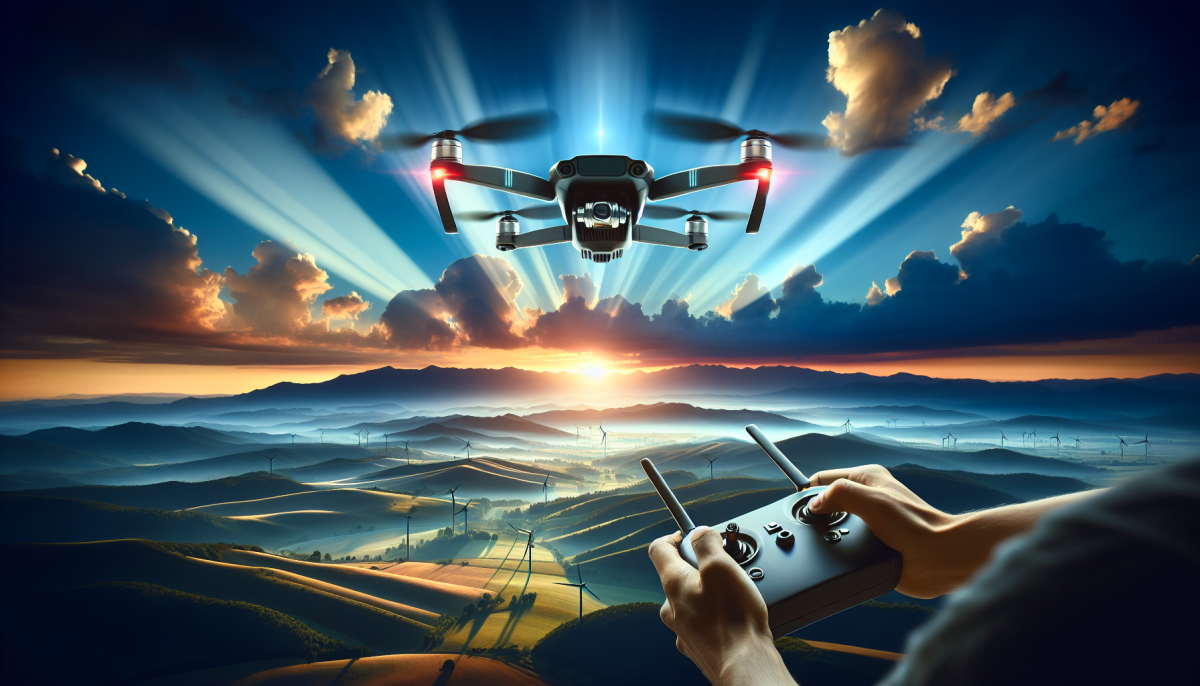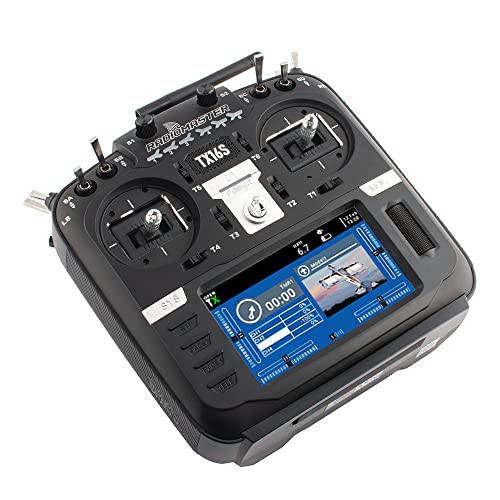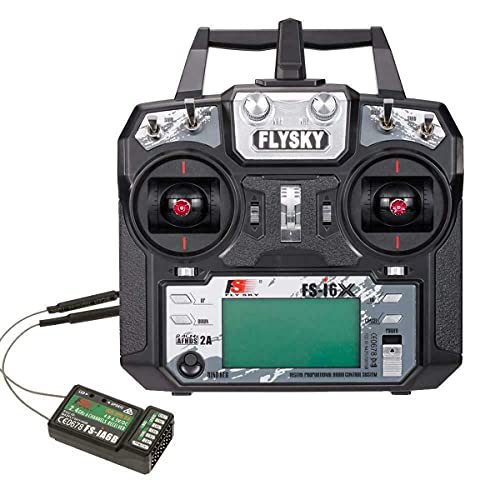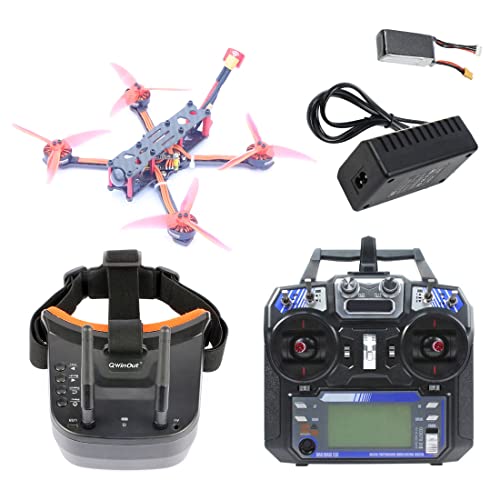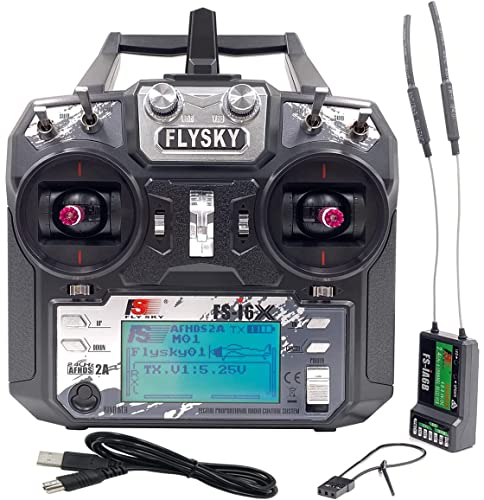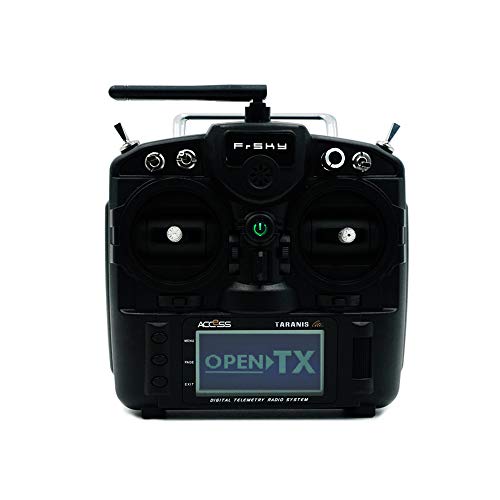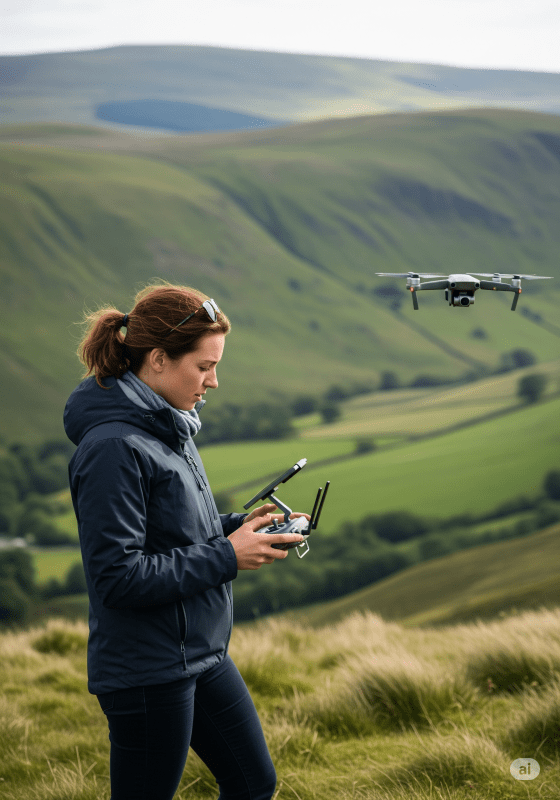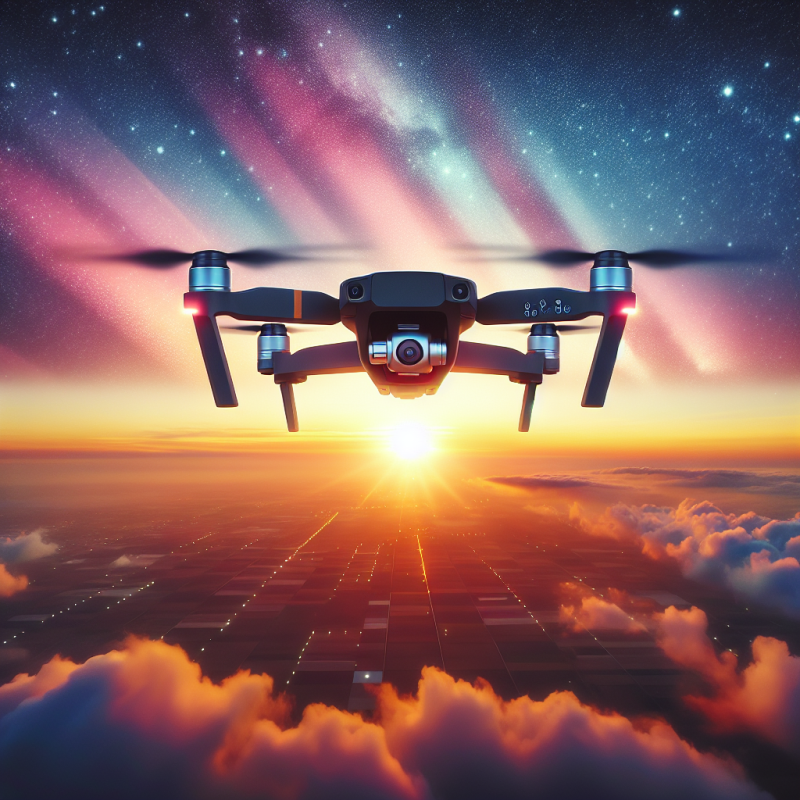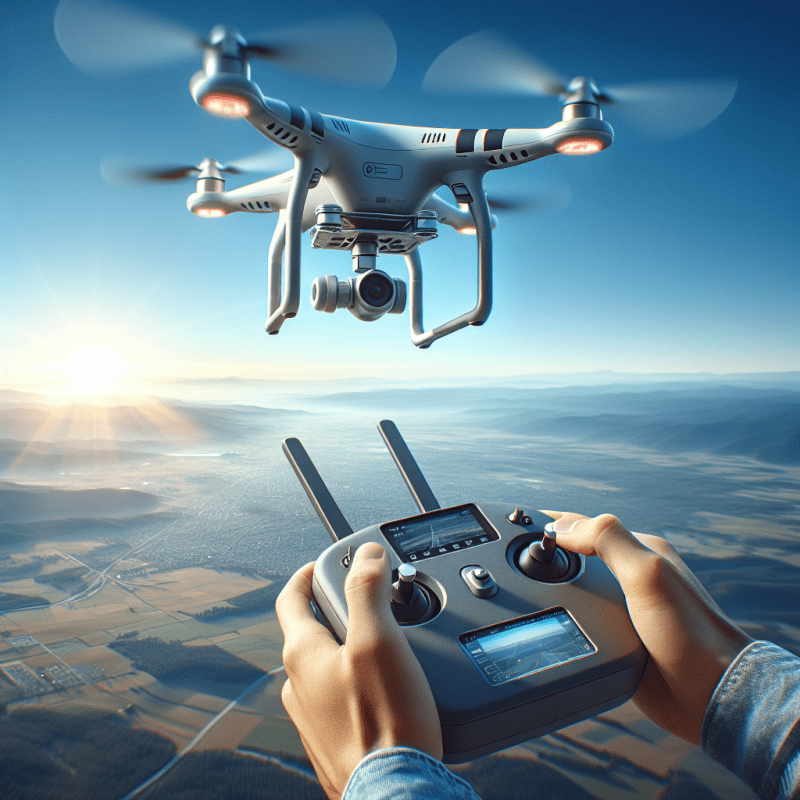Understanding Drone Radio Controllers: A Comprehensive Guide
Drone radio controllers are the devices that allow pilots to control their drones in the air. They are an essential part of any drone pilot's toolkit, as they provide a direct link between the pilot and the aircraft.
Types of Controllers
There are two main types of drone radio controllers: traditional controllers and digital controllers. Traditional controllers are often used by hobbyists and have physical joysticks and buttons. They are simple to use and are popular with beginners.
Digital controllers, on the other hand, are more complex and offer a variety of features such as automatic return-home functions and GPS navigation. They are commonly used by professionals and offer a more advanced level of control over the drone.
Channels and Frequencies
Drone radio controllers typically operate on two main frequencies: 2.4 GHz and 5.8 GHz. 2.4 GHz is the most common frequency used by hobbyist pilots and offers a range of up to a few kilometers. 5.8 GHz is used by professional pilots and offers a faster data transfer rate, allowing for faster response times and more precise control over the drone.
Radio controllers also come with a certain number of channels, which determine the number of functions that can be controlled on the drone. A basic controller will have four channels (up, down, left, and right), while more advanced controllers can have up to eight channels or more.
Controller Modes
Another important aspect of drone radio controllers is the mode in which they operate. Mode 1 controllers have the throttle on the right stick and are commonly used in Asia and Europe. Mode 2 controllers, on the other hand, have the throttle on the left stick and are more common in the United States and Canada.
Conclusion
Drone radio controllers are an essential part of any drone pilot's toolkit. Understanding the different types of controllers, frequencies, channels, and modes is crucial in order to choose the right controller for your needs and to ensure a safe and enjoyable flight.
Choosing the Right Drone Radio Controller: Key Factors to Consider
When it comes to flying a drone, having a reliable and high-quality radio controller is essential. Not only does it allow you to control your drone with ease, but it also ensures that your flight is safe and successful. With so many options available in the market, it can be challenging to choose the right drone radio controller for your needs. In this article, we will go over some of the key factors you should consider before making a purchase.
Frequency Range
The first factor to consider when choosing a drone radio controller is the frequency range. A higher frequency range will allow your drone to fly farther and make it easier to control. However, keep in mind that the higher the frequency, the more likely it is to interfere with other devices. So, make sure to choose a frequency range that is suitable for your environment and your drone's capabilities.
Number of Channels
Another essential factor to consider is the number of channels that the radio controller has. More channels will allow for more control options, such as the ability to adjust camera angles, switch flight modes, and so on. If you plan to use your drone for professional or commercial purposes, then a higher number of channels may be necessary. However, if you are a beginner or just flying for fun, then a lower number of channels may suffice.
Physical Ergonomics
When choosing a drone radio controller, it is also essential to consider its physical ergonomics. You want to choose a controller that fits comfortably in your hands and allows for easy access to all the buttons and switches. A smaller and lighter controller may be easier to handle for some users, while others may prefer a more substantial and robust controller. Ultimately, the best choice will depend on your personal preferences and needs.
Compatibility
Finally, it is key to ensure that your drone and the radio controller are compatible. Not all radio controllers work with every drone, so make sure to check the specifications before making a purchase. Some drones may come with their own controller, while others may allow you to use a variety of third-party controllers. So, do your research and choose a controller that is compatible with your drone.
In conclusion, choosing the right drone radio controller is essential for a successful and safe flight. By considering factors like frequency range, number of channels, physical ergonomics, and compatibility, you can make an informed purchase decision that meets your needs and requirements.
Advanced Techniques for Using Drone Radio Controllers: Tips and Tricks
Drone radio controllers are an essential tool for any drone pilot. They allow the pilot to control the drone's movements, adjust its speed and altitude, and capture stunning aerial footage. However, to get the most out of your drone radio controller, it is important to know how to use advanced techniques. Here are some tips and tricks to help you take your drone piloting skills to the next level.
Practice using the different channels
Most drone radio controllers have multiple channels that allow pilots to control different aspects of the drone's flight. It is essential to practice using these channels until you can seamlessly switch between them. For example, the left stick on most controllers controls the altitude and direction of the drone, while the right stick controls its speed and rotation. Experiment with the different combinations to see which work best for you.
Use the dual rates and expo settings
Dual rates and expo settings can be used to adjust the sensitivity of the drone's controls. Dual rates allow you to adjust the maximum deflection of your sticks, while expo settings adjust the sensitivity around the stick's center point. By using these settings, you can fine-tune your drone's control and make movements smoother and more precise.
Create custom flight modes
Many drone radio controllers allow users to create custom flight modes, which can be tailored to specific flight scenarios. For example, you might create a flight mode for capturing aerial footage, another for racing, and another for autonomous flying. By creating custom flight modes, you can quickly switch between different settings and optimize your drone's performance for your specific needs.
Practice flying without stabilizers
Flying without stabilizers can be challenging, but it is an essential skill for any drone pilot. It allows you to control your drone more precisely and capture smoother footage. Practice using your drone radio controller to maintain the drone's stability manually. This will not only make you a better pilot but also help you capture more dynamic footage.
Mastering the emergency stop function
Finally, it is vital to know how to use the emergency stop function of your drone radio controller. This function allows you to immediately stop the drone in the event of an emergency, such as a loss of power or a collision. Make sure you know how to activate this function quickly and easily to prevent any accidents.
By using these advanced techniques with your drone radio controller, you can take your piloting skills to the next level and capture stunning aerial footage. With practice and patience, you can become a skilled drone pilot and create breathtaking content that wows your audience.
RadioMaster TX16S MKII 16CH Remote Controller
Unleash your flying skills with this versatile and user-friendly remote controller designed for drone enthusiasts
Product information
$336.81
Product Review Score
4.81 out of 5 stars
165 reviews